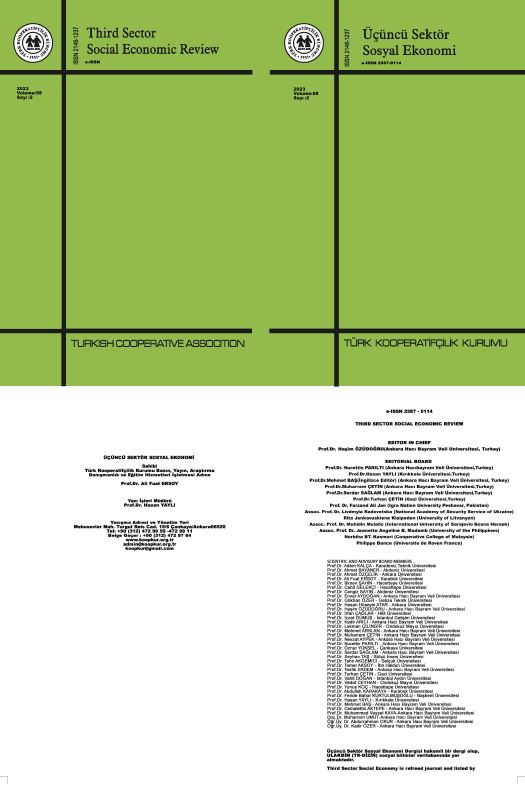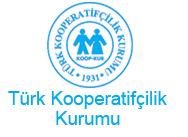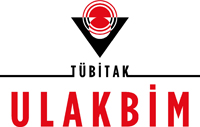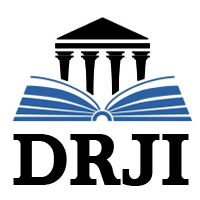ARDL BOUNDS TESTING APPROACH TO ANALYZING THE RELATIONSHIP BETWEEN THE HUMAN DEVELOPMENT INDEX AND THE EMPLOYMENT RATE: CASE OF TURKEY 1991-2021
Keywords:
Economic Developedness, Human Development Index, Employment Rate, ARDL Boundary Test Approach, TurkeyAbstract
Economic problems such as inequality in income distribution, poverty, and unemployment have strengthened the view that people are at the center of economic growth. With the human being at the center of economic development, issues such as income distribution, health, unemployment, poverty, and education have become very important for development. The human development index, which is prepared by the United Nations and explained in the Development Reports, is used as an indicator of human development, which is expressed simply as increasing the welfare level of people and accordingly their quality of life. This study, it is aimed to examine the relationship between the human development index and the employment rate for the years 1991-2021 in Turkey. In this context, the relationship between the human development index, which puts people at the center of development, and the employment rate was examined for the first time in Turkey and the results were discussed. In the study using annual data, the relationship between the human development index and the employment rate is explained with the ARDL Boundary Test Approach. As a result of the analysis, it has been determined that a 1-unit increase in the employment rate, in the long run, will cause an increase of approximately 0.2 units on the human development index. A short-term relationship could not be found between the human development index and the employment rate, but it has been revealed that the short-term deviations reach equilibrium in the long term. In addition, the causality relations between these two indicators were also examined and a statistically significant one-way relationship was found between the employment rate to the human development index. The fact that the study was conducted for the first time in Turkey and the results obtained reveal the importance of the study.









